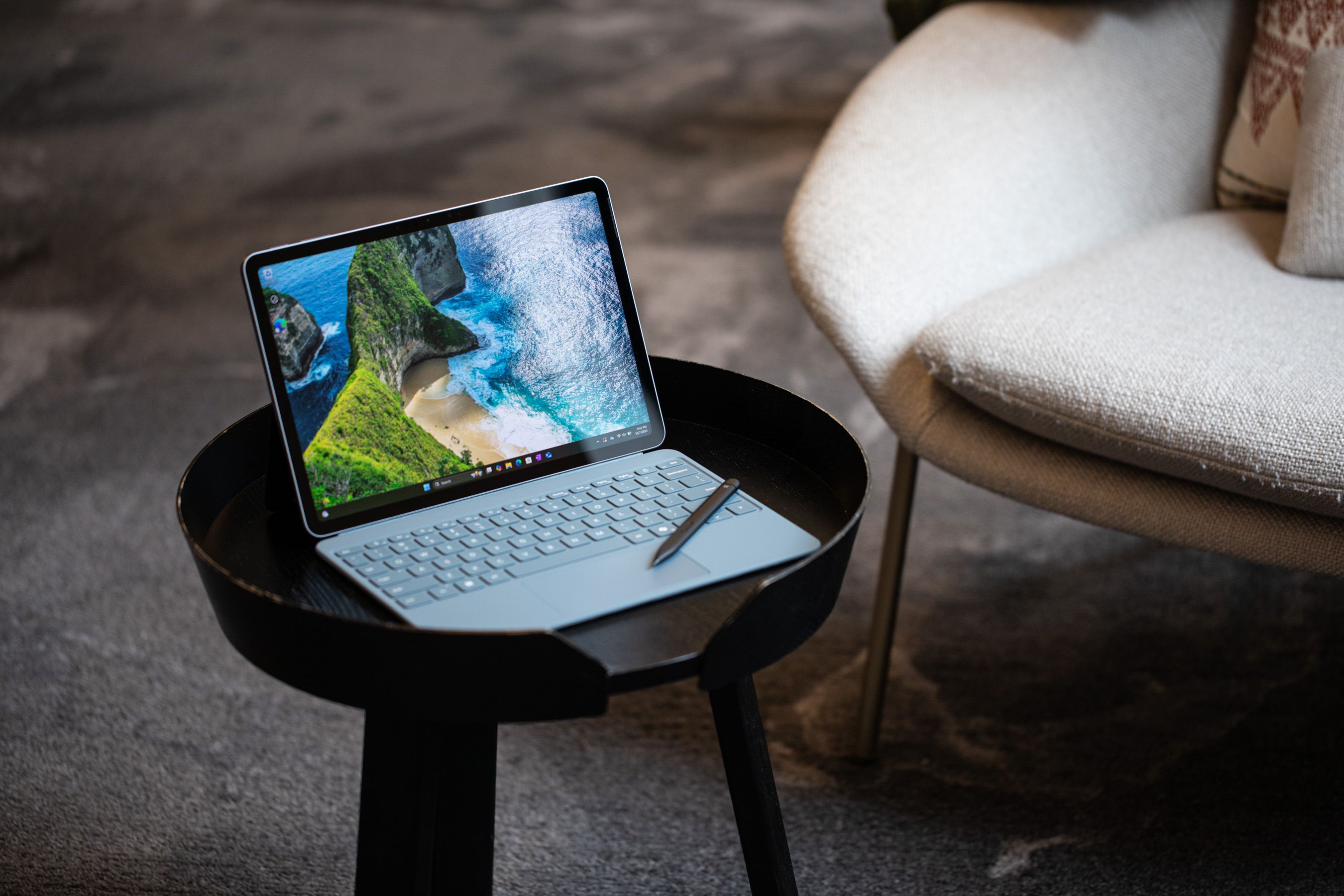Microsoft is preparing to move Surface laptop and tablet manufacturing out of China starting in 2026, according to a new Nikkei report. The sweeping shift comes as trade tensions escalate and President Trump threatens additional 100% tariffs, forcing tech giants to rapidly restructure their global supply chains.
Microsoft is scrambling to untangle its hardware manufacturing from China as geopolitical tensions reach a boiling point. The Redmond giant plans to relocate production of Surface laptops, tablets, and data center servers starting in early 2026, marking one of the most significant supply chain shifts in the company's history. According to sources familiar with the matter speaking to Nikkei, the move will encompass everything from individual components to final product assembly - a logistical nightmare that's become an urgent business priority. The company has already begun quietly shifting some server production outside China and is pushing to expand Xbox console manufacturing beyond Chinese borders. But Surface devices represent Microsoft's most consumer-facing hardware bet, making this transition particularly complex and costly. The timing isn't coincidental. Just days before the Nikkei report surfaced, President Trump threatened China with an additional 100% tariff on top of existing trade restrictions, while both countries have started charging new port fees on each other's ships. Beijing also tightened export rules on rare earth materials last week - critical components that power everything from Surface Pro processors to Xbox graphics cards. For Microsoft, this represents a fundamental rethinking of hardware strategy. The Surface line generates billions in revenue annually, but margins are already tight in the competitive PC market. Relocating manufacturing will likely drive up costs significantly, at least in the short term, as the company builds new supplier relationships and navigates different regulatory environments. Industry analysts estimate such moves can increase production costs by 15-30% initially. Microsoft isn't alone in this exodus. Apple is preparing to manufacture several upcoming devices in Vietnam, including a rumored smart home display hub, indoor security cameras, and what as a "more advanced tabletop robot." The iPhone maker has been steadily diversifying its supply chain since 2019, with Vietnam becoming a key alternative manufacturing hub. The shift reflects a broader recognition that the US-China trade relationship has fundamentally changed. Where companies once viewed periodic tariff threats as temporary policy positions, they now see structural decoupling as inevitable. CEOs are making billion-dollar bets that the current trade tensions represent a new normal rather than a temporary disruption. For consumers, this manufacturing shuffle will likely remain invisible in the near term. Microsoft's existing Surface inventory should carry the company through 2025, and the company has proven adept at managing supply chain transitions without major product delays. But the longer-term implications are significant - this marks Microsoft's most dramatic retreat from Chinese manufacturing since the company began outsourcing production decades ago. The big question now is where Microsoft will land. Vietnam has emerged as the leading alternative for consumer electronics, offering lower labor costs and growing manufacturing expertise. India represents another option, particularly given Microsoft's expanding presence there. Some production may also shift to Mexico or other Latin American markets closer to US consumers. What's clear is that the era of China as the world's unchallenged electronics factory is ending. Microsoft's move signals that even the largest tech companies are willing to absorb massive short-term costs to reduce geopolitical risk. The race is now on to build alternative manufacturing ecosystems that can match China's scale and efficiency - a challenge that will define the next decade of global technology production.




